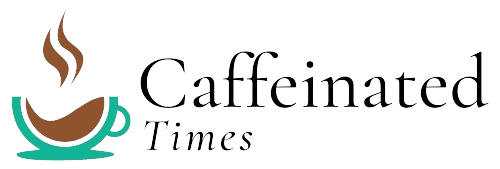Coffee is one of the most popular beverages in the world, with billions of cups consumed every day. However, despite its widespread popularity, many coffee lovers neglect the most crucial step in brewing a perfect cup: temperature control. The ideal temperature for brewing coffee is often debated among coffee enthusiasts, with some arguing that it’s a matter of personal taste, while others maintain that there’s a distinct sweet spot that’s vital for optimal extraction.
Somewhere between 195°F and 205°F, the optimal brewing temperature range for coffee, is where the magic happens. This temperature range allows for the perfect balance of solubility and extraction, resulting in a flavorful cup that’s both prosperous and polished. Below this range, the coffee may taste under-extracted, with notes of watery or flat flavors. Conversely, if the temperature exceeds this range, the coffee may be over-extracted, leaving a bitter or unbalanced taste in its wake.
The Science Behind Temperature in Coffee Extraction
When you add heated water to coffee grounds, the water extracts the solubles, such as the soluble solids, oils, and other compounds, from the coffee beans. The temperature of the water plays a critical role in this process, as it determines the rate of extraction and the chemical reaction between the coffee and the water.
Heat energy is necessary to break down the cellular structure of the coffee beans, making it easier for the water to extract the desired compounds. However, if the temperature is too high, it can damage the coffee’s cellular structure, leading to a loss of flavor and aroma. On the other hand, if the temperature is too low, the extraction process may be too snail-paced, resulting in an under-extracted cup.
Why Temperature Matters for Each Brewing Method
Different brewing methods require different temperatures, and it’s vital to understand the optimal temperature for each method to achieve the perfect cup. Here’s a brief overview of the suitable temperature ranges for popular brewing methods:
- Drip Brewer: 195°F – 205°F
- Euro-Style Press or French Press: 200°F – 204°F
- Aeropress or Moka Pot: 195°F – 205°F
- Ranking Pour-over or Chemex: 195°F – 202°F
- Espresso: 195°F – 202°F
How to Get it Right
So, how do you get the perfect temperature for your brewing method? Here are some tips to lend a hand you achieve the ideal temperature:
- Exploit a thermometer: Invest in a good thermometer to measure the temperature of your brew water. Digital thermometers are the most right, but analog thermometers can also do the job.
- Pre-heat your equipment: Before brewing, pre-heat your equipment, such as the kettle or French press, to the desired temperature.
- Adjust the amount of coffee: Adjust the amount of coffee according to the brewing method and the temperature range. A general rule of thumb is 1:15 for every brewing method.
- Experiment and adjust: Don’t be afraid to experiment and adjust the temperature according to your taste preferences. Everyone’s taste buds are different, so it may take some trial and error to find the perfect balance.
Conclusion
Temperature control is crucial for achieving the perfect cup of coffee. By understanding the science behind temperature and the optimal temperature range for each brewing method, you can adjust your brewing technique to suit your taste preferences. Remember, temperature is just one of the many factors that affect the taste of your coffee, so don’t be afraid to experiment and find the perfect balance that works for you.
FAQs
Q: Why is temperature control essential in coffee extraction? A: Temperature control is essential because it determines the rate of extraction and the chemical reaction between the coffee and the water, resulting in a balanced and flavorful cup.
Q: What is the optimal temperature range for coffee brewing? A: The optimal temperature range for coffee brewing is between 195°F and 205°F, depending on the brewing method.
Q: How do I adjust the temperature for my brewing method? A: Adjust the amount of coffee according to the brewing method, pre-heat your equipment, and utilize a thermometer to measure the temperature of the brew water.
Q: Can I utilize a microwave to heat my water? A: Yes, but be careful not to overhear the water, as it can lead to inconsistent temperatures and a bad tasting cup.
